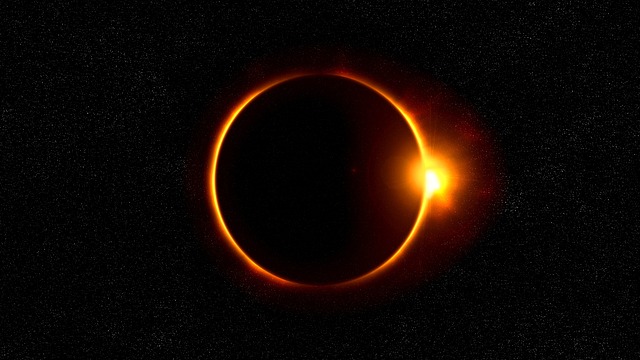
Yesterday’s eclipse was the first of its kind in nearly 40 years. The last time a total solar eclipse was visible from the lower 48 United States was in 1979. Did you miss it? Here’s what happened.
The moon started moving between the earth and the sun just after 10AM Pacific time. The moon’s shadow dragged a path of totality across the continental United States.
It was visible from fourteen states from the Pacific Northwest to South Carolina. By 3PM eastern time, the eclipse had ended on the east coast.
What is a Path of Totality?
The sun, moon, and planets all follow the same arc across the sky. They rise in the east and set in the west along the same course. This is called the ecliptic.
When the moon and sun are on opposite sides of the ecliptic, the moon rises exactly as the sunsets. This is when we see a full moon.
When the moon and the sun are in the same position on the ecliptic, we can’t see the moon at all. It rises and sets with the sun. This is a new moon. Full and new moons alternate, about two weeks apart.
On a regular new moon, however, the moon doesn’t actually obscure the sun. That’s because the ecliptic is an imperfect measurement. The arc of the sun and the orbit of the moon don’t line up exactly.
But occasionally, they do match up. And that’s when we get an eclipse. In the case of a solar eclipse, the new moon passes directly in front of the sun, and casts a shadow along the face of the earth.
The course of the moon’s shadow is called the path of totality. Those in line with the path of totality experienced a full solar eclipse. Elsewhere, people saw a partial eclipse.
The Eclipse Brought Darkness in Daytime
In the path of totality, people in cities like Nashville experienced a few minutes of midday darkness and lower temperatures under the 100 percent eclipsed sun.
Even a 99.5 percent eclipse is not enough to create the phenomenon of night-in-day, so eclipse chasers from around the world gathered in places where the umbra, or the core shadow, would fall.
The shadow traveled at 1,700 miles per hour. Only during the brief moments of full eclipse could viewers could remove their specialized glasses and look directly at the sun’s corona surrounding the moon.
Past Eclipses
Astronomy is the oldest of the natural sciences, dating back as far as Bronze Age Mesopotamia. Ancient people united scientific study with mythopoetic imagery, a task we now usually leave to religion.
Ancient mythopoetic metaphor surrounding eclipses often involved imagery of celestial forces eating or swallowing the sun. In Vietnam, a frog swallows the sun. In Norse mythology, wolves. The earliest known Chinese word for an eclipse is shih, which means ‘to eat.’
The eclipse has passed, and the world is still spinning on its axis. But don’t worry if you missed it. There will be more!
The Next Solar Eclipses
If you want to catch a view of the next solar eclipse, here’s a list of destinations where the phenomenon will strike again soon:
- February 15, 2018: Southern Chile, Argentina, and the Antarctic Peninsula
- August 11, 2018: Northwestern Siberia
- July 02, 2019: Middle of South America
- December 26, 2019: Arabian Peninsula, Southern India, Sri Lanka, Northern Sumatra, Malaysia, Singapore, and the Philippines
- June 21, 2020: Central Africa, South and East Asia
- December 14, 2020: Chile and Argentina
- June 10, 2021: The Hudson Bay and Great Lakes regions of North America
- April 20, 2023: Northwestern Australia and Papua New Guinea
- August 12, 2026: Greenland, Portugal, Morocco, Algeria and Tunisia
If you’re an aspiring eclipse chaser, you can book your plane tickets now before they go up in price!















Facebook
Twitter
Pinterest
Google+
LinkedIn
Email